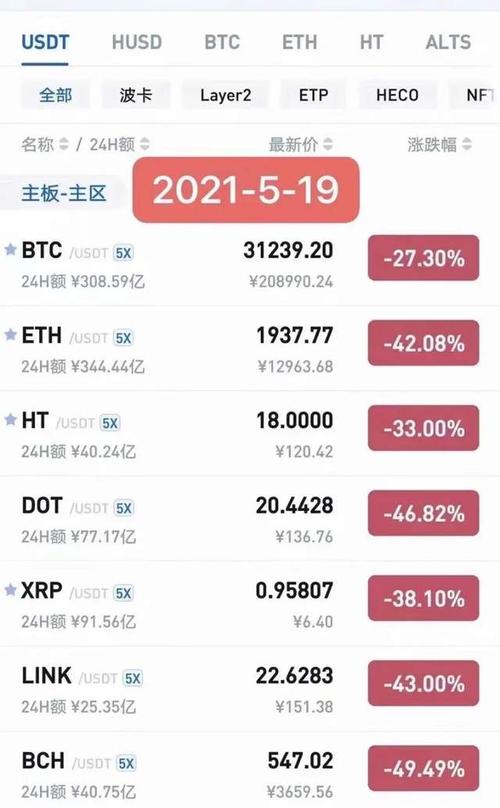Market Volatility: High volatility often leads to increased trading activity as traders capitalize on price fluctuations to generate profits.
Monitor Performance: Regularly evaluate trading performance and adjust strategies as needed to optimize results.
Stay Disciplined: Avoid emotional trading and adhere to predetermined trading plans to avoid impulsive decisions.
Conduct Research: Stay informed about market trends, news, and developments to make wellinformed trading decisions.
Bitcoin trading patterns vary based on the trading strategies employed:
Choose Suitable Strategies: Select trading strategies aligned with your risk tolerance, time horizon, and financial goals.
Liquidity: Higher liquidity generally results in more frequent trading, as traders can easily enter and exit positions without significantly impacting prices.
Investor Behavior: Individual and institutional investors' behavior, including risk appetite, investment goals, and trading strategies, also influence trading frequency.
Several factors impact the frequency of Bitcoin trading:
Arbitrage: Arbitrageurs exploit price discrepancies across different exchanges or markets to profit from temporary inefficiencies.
HODLing: Longterm investors, known as "HODLers," hold onto their Bitcoin for extended periods, believing in its longterm potential despite shortterm price fluctuations.
- Speculation: Bitcoin's speculative nature attracts traders seeking shortterm gains, contributing to higher trading frequency.
Title: Understanding Bitcoin Trading Frequency
Bitcoin trading frequency reflects the dynamic nature of the cryptocurrency market, driven by various factors and trading strategies. By understanding these factors and adopting prudent trading practices, individuals can navigate the Bitcoin market effectively and enhance their chances of success.
For individuals engaging in Bitcoin trading, it's essential to:
Bitcoin, the pioneering cryptocurrency, has garnered significant attention for its volatile nature and potential for high returns. Bitcoin trading frequency refers to the number of times Bitcoin is bought or sold within a given period. Understanding the factors influencing Bitcoin trading frequency is crucial for investors and traders looking to navigate the cryptocurrency market effectively.
Swing Trading: Swing traders aim to capture price swings over a few days to weeks. They may use fundamental and technical analysis to identify trends and make trading decisions.
Day Trading: Day traders execute multiple trades within a single day, capitalizing on shortterm price movements. They often rely on technical analysis and leverage to maximize profits.
Manage Risk: Implement risk management strategies, such as setting stoploss orders and diversifying portfolios, to mitigate potential losses.
Market Sentiment: Positive or negative sentiment surrounding Bitcoin, influenced by factors such as regulatory news, technological developments, or macroeconomic trends, can prompt traders to buy or sell.
版权声明
本文仅代表作者观点,不代表百度立场。
本文系作者授权百度百家发表,未经许可,不得转载。

















评论